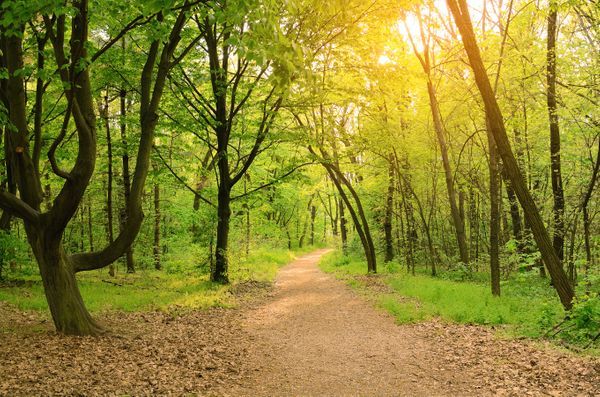We are all hardwired for connection. No exceptions. It is in all of us no matter your history, trauma or the story you are telling yourself. I call it our birthright. When it feels safe to reach out and open your heart to connection with another, there is a feeling of calm, confidence, compassion and contentment. But when there is an obstacle to this natural inclination to reach out and take in connection, there is fertile ground for loneliness, depression and anxiety, not to mention the toll it has on cardiovascular health. Simply put, we need each other for our wellbeing.
Loneliness is at historic levels. And the pandemic has not helped matters. I have been really curious in the last two years as to why some of us can get our connection needs met and some of us are having a really hard time. Why is this? Well, I would say that it comes down to unaddressed childhood trauma.
If as a child it was unsafe to reach out for connection and comfort, it would make sense to close down that need. If the parents were too preoccupied with their stuff to be attuned, the child would over time find it threatening to reach out for comfort or soothing. If you reach out and get rejected over and over again, the next logical step is to shut down the impulse for connection and to build a protective shield around your heart. And by the way, this learned way of protecting ourselves is laid down in us at a very early age. I'm talking sometime before birth and the age of two.
So we bring this protection into our adult lives. It kind of works like this: There is an uptick in a need to reach out (however small that might be), and then there is a threat that pauses us and we quickly step back into ourselves. And often this pause and retreat are happening without us knowing it. It just happens in this way because we don’t remember when this threat was first formed in us during our first years of life.
So what's going on here? I would say that this pause and retreat are a trauma response. If you slow things down and listen to what is happening inside, your nervous system is saying, "Danger, danger, danger, shut down immediately! It's unsafe to connect! You risk being hurt." In that moment you are whisked back to events from your childhood. As an adult, you are having the same bodily sensations and feelings you had as a child when connection was a hard thing to do. I call this a state of child consciousness. It is happening to you as an adult, but you are looking through the eyes of a traumatized child.
Many who are feeling lonely don’t notice these shifts from an opening to connect and then a quick shutting down of the need. It is outside of conscious awareness. So much of the work in therapy is to slow down and bring awareness to these state shifts and let the movement toward social engagement open up and breathe. Give it some space. Just being aware of those moments of connection and disconnection inside of you can be the first step in unblending from child consciousness and allowing your adult self to lead. So that it can over time feel safe to open up to connection without fear.
